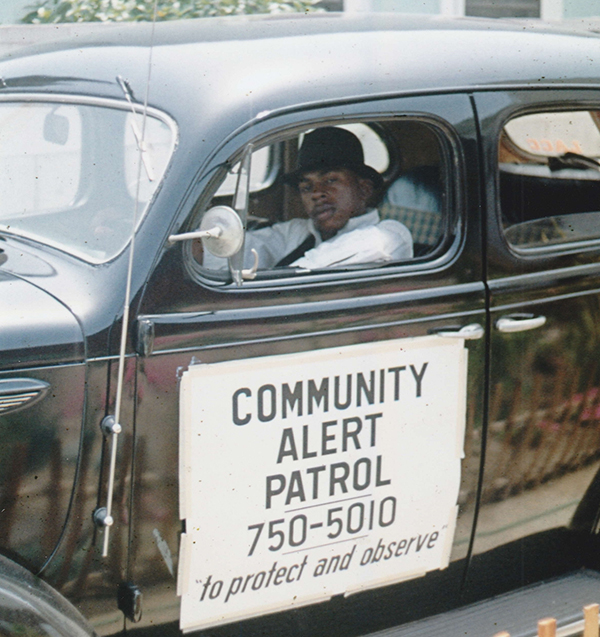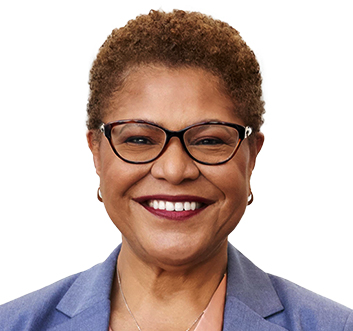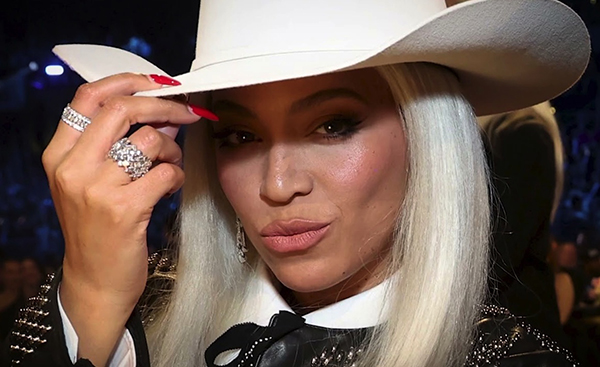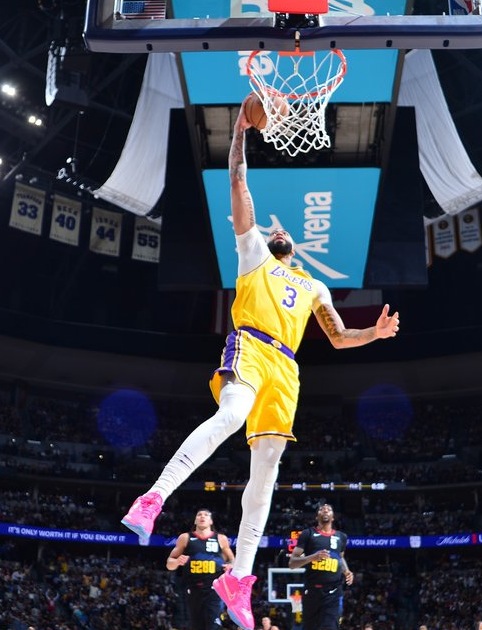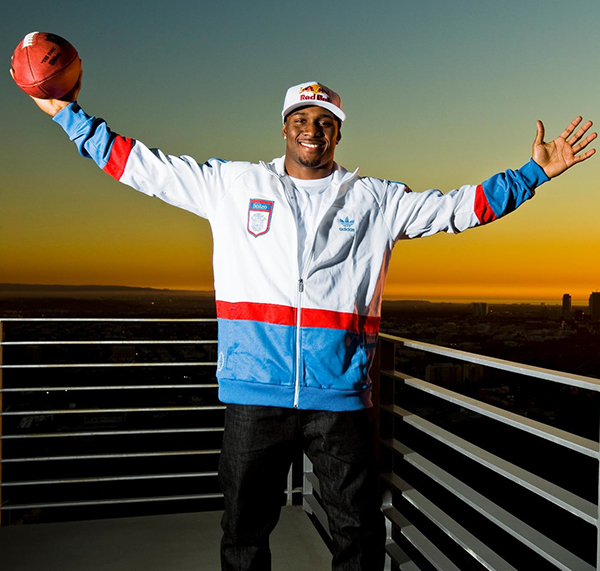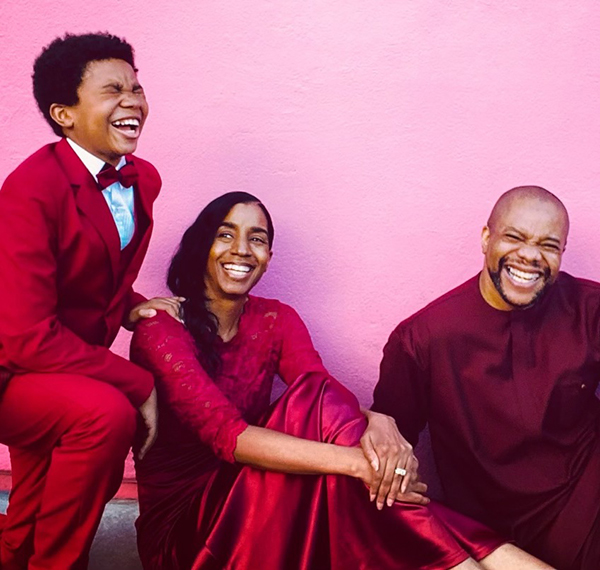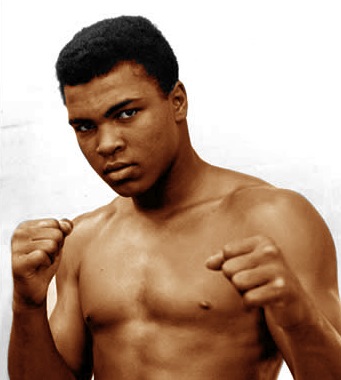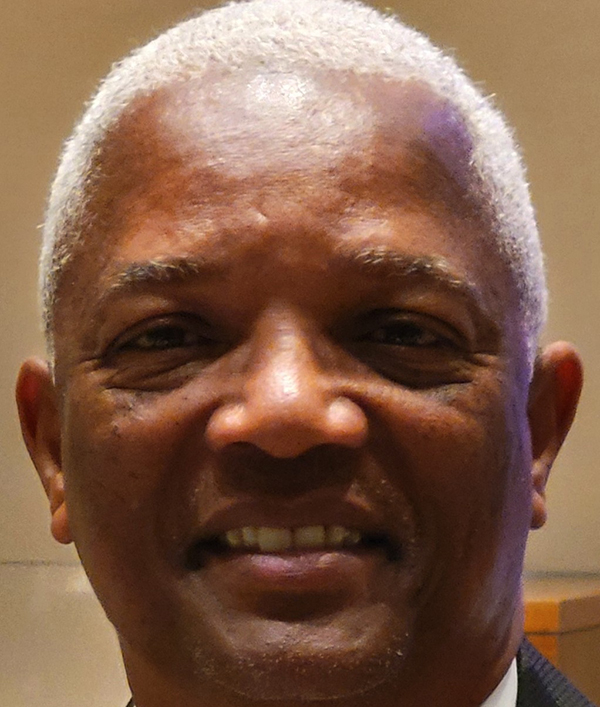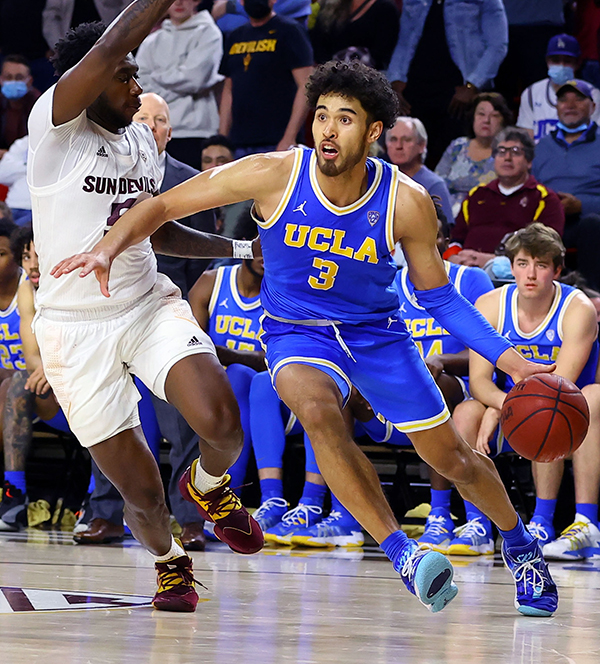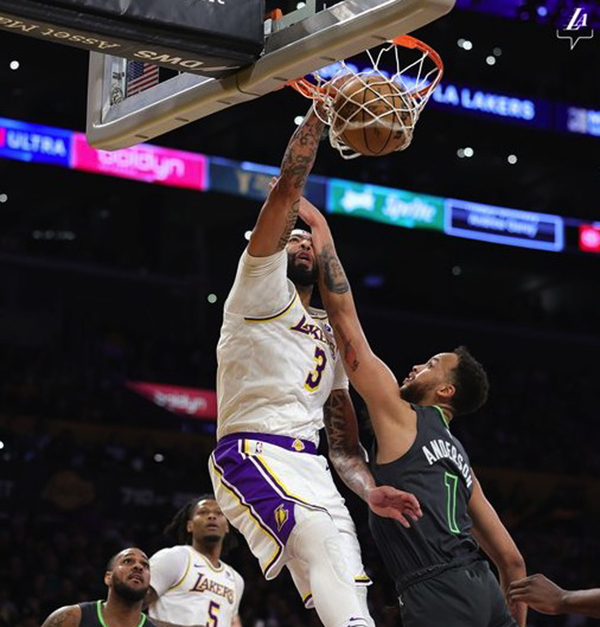By Don Wanlass
Contributing Writer
February is the slowest month of the year on the sports calendar. This year is slower than normal because Major League Baseball is in the midst of a labor dispute and so pitchers and catchers are not reporting to spring training and labor negotiations are the only news coming out of the sport.
Which turns my attention to college basketball. College basketball used to be a sport of interest from November to March. Then the conferences all decided to have conference tournaments at the end of the regular season, making most of the regular season meaningless. You could have a mediocre conference season and then go on a roll in the conference tournament, win three or four games and play your way into the NCAA Tournament.
So the first two weeks of March are taken up by the conference tournaments, followed by March Madness and then the NCAA Finals the first weekend in April. A year’s worth of excitement crowded into five or six weeks max.
And since few people are paying attention to college basketball, they are missing out on the fact that there are two pretty good teams in Los Angeles this year.
UCLA is ranked No. 12 in this week’s Associated Press poll and USC is four spots behind the Bruins, despite the fact that the Trojans beat the Bruins in their first meeting this year.
The two teams are tied for second place in the Pac 12 Conference behind Arizona, which is 24-2 and ranked second behind Gonzaga.
The Bruins (20-5 on the season, 12-4 in Pac 12 play) made it all the way to the NCAA Final Four last year before losing in the semifinals to Gonzaga on a buzzer beater.
They have had an up-and-down season so far this year, hampered mostly by a 26-day gap between games because of a COVID-19 outbreak that has forced them to end the Pac 12 season by playing six games in 12 days. So far, they are 2-0 in that stretch, leading up to a Feb. 24 game at Oregon, a Feb. 26 game at Oregon State, a Feb. 28 game at Washington and a March 5 game against USC.
The Bruins should be able to remain in the top four of the conference, which would give them a bye in the first round of the tournament that begins March 9 in Las Vegas.
Under coach Mick Cronin, the Bruins have a deep, versatile team that has size (Cody Riley and Miles Johnson), experience (six key players returned from last year’s team) and depth.
The Bruins usually start point guard Tyger Campbell, Riley or Johnson in the post and Jules Bernard, Johnny Juzang and Jaime Jaquez on the wings. Senior David Singleton, sophomore Jaylen Clark and freshman Peyton Watson are the key players off the bench and junior Jake Kyman is another valuable option off the bench capable of making three pointers, if needed.
Juzang, a junior transfer from Kentucky, is the leading scorer, averaging 17.5 points a game and Jaquez, Bernard and Campbell are also averaging in double figures.
With Juzang out of the lineup Feb. 19 after getting knocked off his scooter on campus last week, Clark and Singleton came off the bench against Washington to both establish career highs in points with 25 and 22, respectively, demonstrating the Bruins’ depth in a 76-50 win.
Cronin has made his players buy in to his defensive concepts, which will make the Bruins tough once tournament play begins. In a season that has lacked a dominating team throughout the country, the Bruins have a chance to make a return to the Final Four this year.
Early predictions have the Bruins as a fourth seed in the NCAA Tournament brackets. A strong closing performance in the Pac 12 — including a run to the conference title game — could move the Bruins up to a two seed.
Their crosstown rivals also have a chance to do some damage come tournament time.
USC made it to the Elite Eight last year and coach Andy Enfield has the Trojans playing at a level that could get them back to that level again this year.
The Trojans have a tougher season-ending schedule than the Bruins thanks to a rescheduled game against Arizona March 1 at Galen Center. They play three of the top four teams in the conference in their last three games after facing Oregon State Feb. 24.
Considering that last year’s freshman sensation Evan Mobley turned pro and is on his way to the NBA Rookie of the Year Award with the Cleveland Cavaliers, the Trojans have had a fine season.
Mobley’s older brother Isaiah leads the team in scoring (14.4 points a game) and rebounds (8.3 a game). Three transfers also score in double figures for the Trojans as Enfield has proven adept at using the NCAA transfer portal to provide depth for his squad.
Point guard Boogie Ellis, a transfer from Memphis, is the team’s second leading scorer at 12.4 points a game. He scored 21 points in a 62-60 win over Washington State Feb. 20, winning the game with a last-second shot.
The Trojans overcame an eight-point second half deficit after Washington State made 15 three-point shots. The Cougars shot 48.4% from three-point range and 15.6% from two-point range in the game. That’s basketball in 2022.
Chevez Goodwin, a transfer from Wofford, is the third leading scorer at 12 points a game but Goodwin is wildly inconsistent. Against Washington State he scored only four points and grabbed five rebounds in 29 minutes, missing several easy shots underneath.
Drew Peterson is the third USC transfer, coming over from Rice. He averages 11.9 points a game and can run the offense when Ellis isn’t on the floor.
At 6-8, he also provides length for the Trojans, one of the team’s strong points. Of the team’s top eight players, five are 6-7 or taller.
Like the Bruins, the Trojans play tough defense, something else that should help them once tournament play begins.
The Trojans will finish in the top four in the conference giving them a bye in the first round of the Pac 12 Tournament. They have the roster to make another run at the Elite Eight come March.
STAR EXHIBITIONS: Twice this month we have been subjected to the best players in the National Football League and the National Basketball Association literally going through the motions in all star games.
Anyone who watched the Pro Bowl Feb. 6 or the NBA All Star Game Feb. 20 knows what I’m talking about. I didn’t waste much time watching either one of the games.
If the players weren’t going to try, I wasn’t going to watch.
The Pro Bowl might as well have been a game of flag or touch football. No one really wanted to tackle anyone, and no one really wanted to be tackled, either.
The NBA All Star Game was nothing more than a glorified lay-up line, with the exception of Steph Curry, who was content to drop in bombs from way past the three-point line. He made 16 threes and scored 50 points while winning MVP honors.
Both teams scored 40 or more points in each of the first three quarters before finally deciding to play defense in the fourth quarter when Team LeBron outscored Team Durant 25-21 to win, 163-160.
The skills competition the night before was more compelling than the game itself. The NBA might be better off focusing on the skills aspect than the game. The players like the week-long all-star break, giving them a much-needed vacation two-thirds of the way through a grueling season.
The game, though, is an afterthought, with most players simply trying to avoid injury. How about just canceling the game, keeping the Future Stars game, some of the skills contests (the dunk contest has grown a gray beard and is on wobbly knees) and dispense with the All Star Game itself?
The youngsters in the Futures Game want to make an impression. The players in the regular game have already made theirs.
The same could be said for the Pro Bowl. Make it a skills competition. How about a Punt, Pass and Kick competition by position group. Offensive lineman against offensive lineman, linebackers versus linebackers, etc.
Do other skills test, kind of like NFL prospects are put through at the pre-draft combine. Forty-yard dashes, weightlifting, vertical jumps. All would be more compelling than watching players go through the motions in a game no one really wants to play.
Granted, six million viewers watched the Pro Bowl, which is more people than watch an NBA championship series game. How many would watch if it was actually compelling?
WHO WATCHED?: The 2022 Winter Olympics are finally over. Did anybody care?
Judging from the television ratings, not many of us.
I watched a little bit of curling here and there, but I don’t think I saw more than 30 minutes of action (if you can call curling an action sport) at any one time.
Without the National Hockey League players participating, ice hockey lost interest and the rest of the Winter Olympics sports leave me cold, literally and figuratively.
Couple that with the time difference, the figure skating drug testing controversy and the whole oppressive Chinese government, it was easy to ignore.
According to figures released Feb. 21, I wasn’t the only one not paying attention. NBC reported the average total viewers was 11.4 million, down 40% from the 2018 Games in Pyeonchang, South Korea. Those Olympics averaged 19.8 million viewers, which at the time was the least-watched Olympics in history.
Granted, the Winter Games don’t pack the same punch as the Summer Games. But the declining interest in the Olympics may give local backers of the 2028 Games coming to Los Angeles something to think about.

